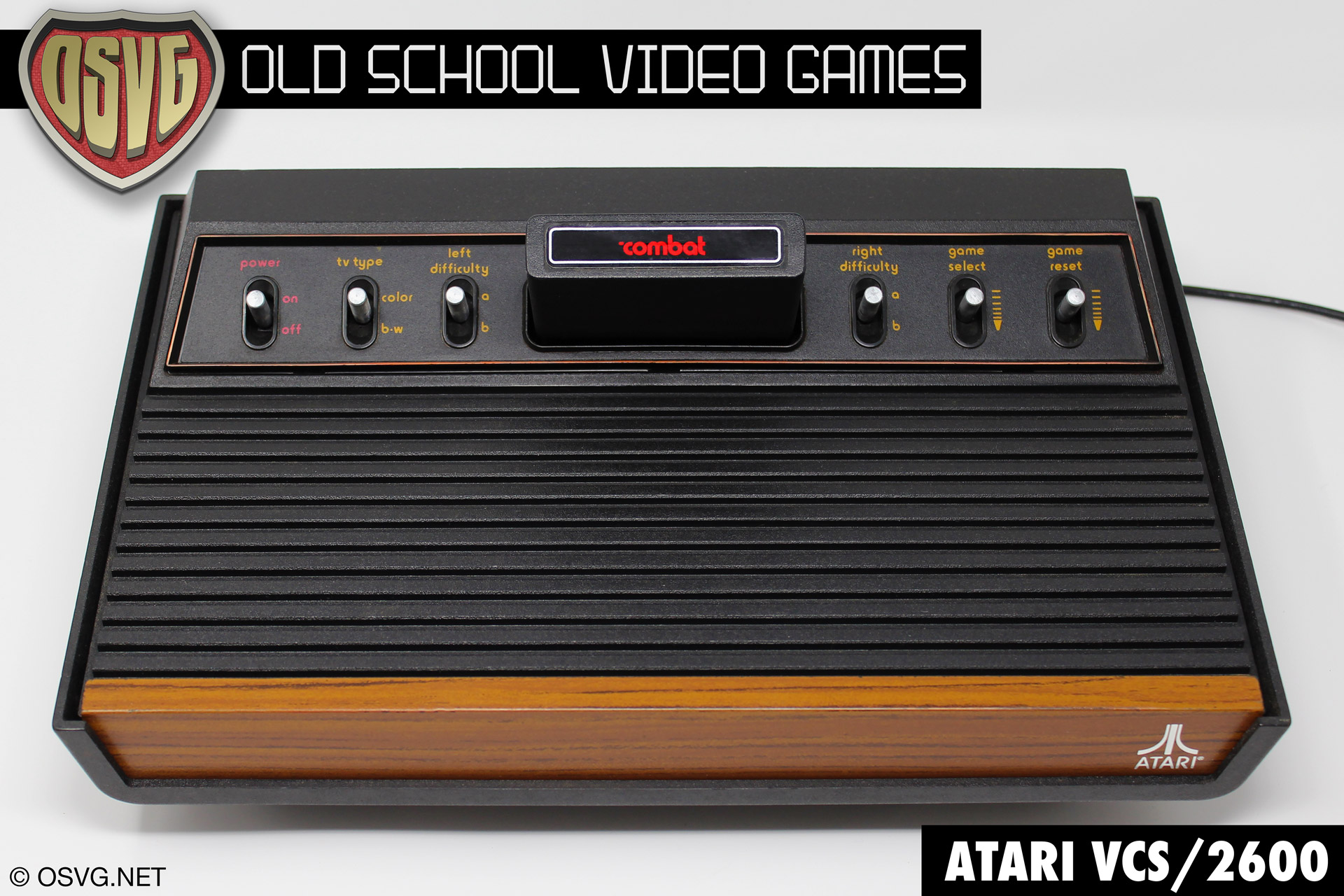Blog
Atari VCS Light Sixer
History The Atari VCS (Video Computer System), later re-named the Atari 2600 after its part number CX2600, made its debut in 1977 and was one of the longest selling consoles of the 2nd Generation. It sold, in various models, from 1977 to 1992. It is a cartridge-based console, with an eventual library of nearly 600 games. This variant, known as the ‘Light Sixer’ contains a 1.2 MHz-rated Rockwell R6507P marked with Atari part #CO10745. It is noticeably lighter than the ‘Heavy Sixer’ that came before it, and is most-easily distinguished by having no chamfer on the bezels surroundings the six top switches and a woodgrain front panel which tucks into the front bezel. Developed by Nolan Bushnell and Ted Dabney, the console is powered by an MOS 6507, cost-reduced package of the MOS 6502. The VCS, having no framebuffer, uses the microprocessor to handle not only game logic, but also screen (line) drawing, in conjunction with the custom TIA (Television Interface Adapter) chip. The VCS only evaluates game logic during instances when the electron beam is not actively drawing. This only occurs during horizontal and vertical blanking intervals, and in the overscan area. At all other times the CPU and TIA are devoted to drawing the screen. The TIA was developed primarily by Jay Miner, of later Amiga fame. Two-channel audio was also provided by the TIA. I/O was handled by the TIA and RIOT chips. The VCS was released in late 1977 in North America at a US retail price of $199 and sold roughly 250,000 units that year. The console was released in in Europe in 1978, but did not have an official Japanese release until 1983 with the CX2800 console (which shares its design with the Sears Video Arcade II). The console sold upwards of 30 million units during its market lifetime. In a move that would seem odd in today’s market, Atari licensed the CX2600 line to Sears to sell concurrently under its Tele-Games brand. These unit bear the Tele-Games brand, as well as being labeled Video Arcade where the Atari logo would ordinarily appear. As these were sold through the Sears catalog, Sears also re-branded many cartridges, complete with new box art and often a different cartridge label, to give the line a sense of brand identity. Atari also produced exclusive cartridge titles for Sears: Steeplechase, Stellar Track, Submarine Commander, and, for a short period, Super Breakout. Specifications Software Medium: Cartridge (4k addressable PROM, 32k addressable using bank switching) Microprocessor: 8-bit MOS 6507 at 1.19 MHz (Manufacturers vary) RAM: 128 bytes RAM Expansion: Up to 256 bytes additional via cartridge Video Processor: Video generated by CPU utilizing custom TIA chip. No framebuffer Video RAM: 0 bytes Video Resolution: 192×40 (NTSC), 160×228 (PAL) Color Depth: N/A Video Outputs: Internal RF modulator Video Color Palette: YPbPr-derived – 128 colors (NTSC), 104 (PAL), 8 (SECAM) Sprites: Two 8-pixel wide ‘player’, two 1-pixel wide ‘missile’, one 1-pixel wide ‘ball’ – Sprite scheme is unique due to RAM-less scanline-based graphics Audio: two-channel one-bit audio utilizing custom TIA chip Audio Waveforms: Each channel frequency, volume, noise Audio Outputs: Internal RF modulator Inputs: Two 9-pin D-connectors, one 24-pin cartridge slot I/O: 6532 RIOT chip and TIA chip Standard Controllers: Single-button 4-way digital joystick, single-button analog paddles (330-degree pot), single button analog driving...
read more


You must be logged in to post a comment.